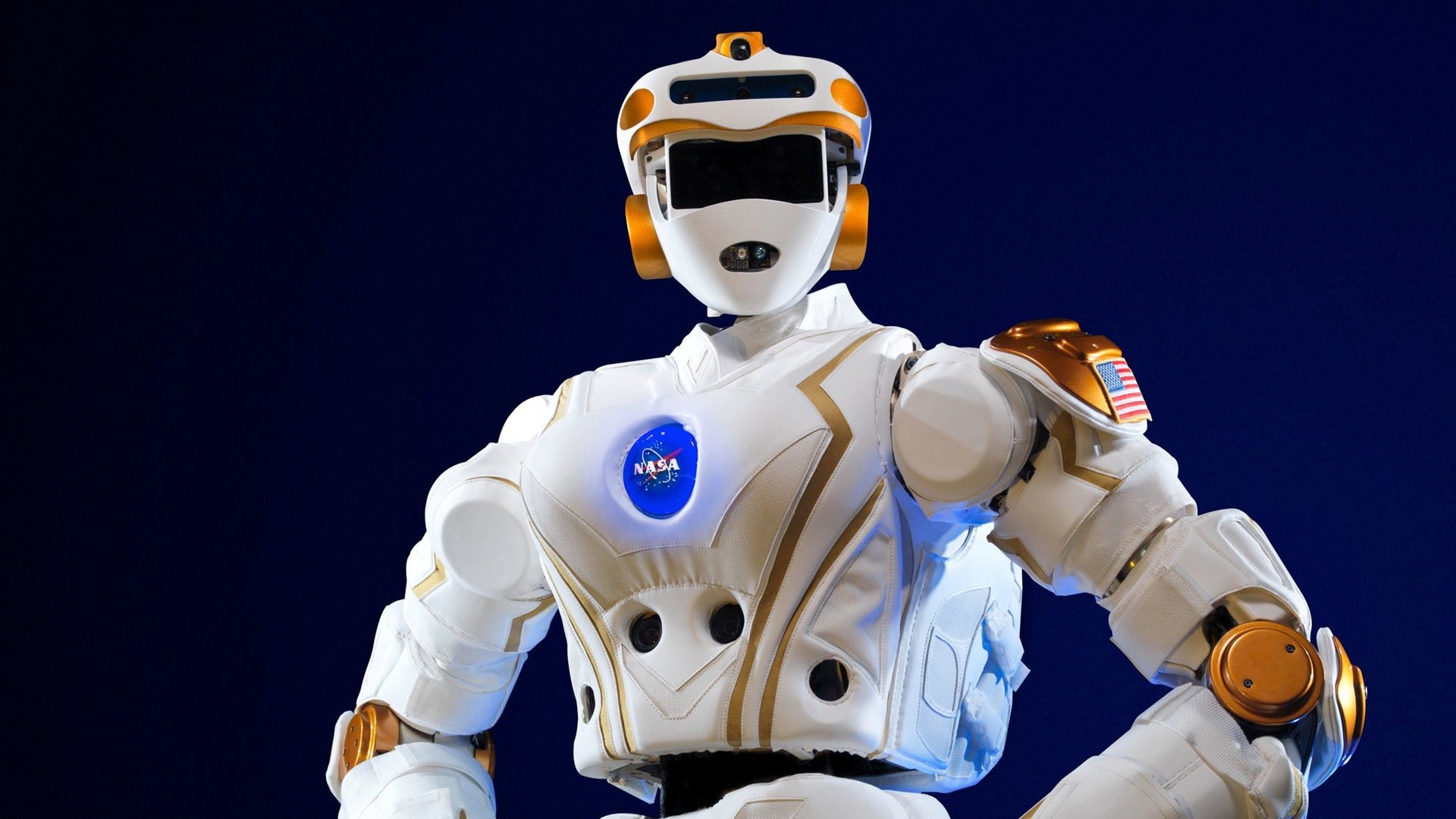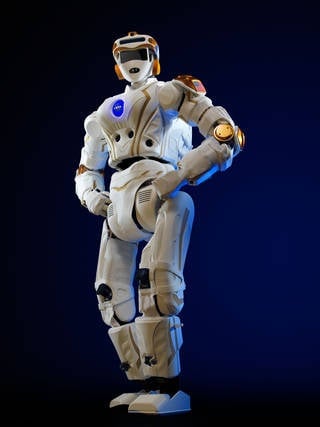The first small step on Mars won’t be made by humans, but by robots
As the doors close behind him on the Mars lander, he looks out onto the dusty red surface of the planet and puts his foot down. Back at Mission Control in Houston, the crew lets out sighs of relief and cheers of joy. He doesn’t say much, however, as he’s a robot.


As the doors close behind him on the Mars lander, he looks out onto the dusty red surface of the planet and puts his foot down. Back at Mission Control in Houston, the crew lets out sighs of relief and cheers of joy. He doesn’t say much, however, as he’s a robot.
Before NASA’s planned mission to send humans to Mars in 2030, it will most likely send humanoid robots to the planet first, IEEE Spectrum reported on June 24. The US space agency wants to use its R5 Valkyrie robot, which failed to reach the finals of the recent DARPA Robotics Challenge because it couldn’t communicate with its operators, to explore the surface of Mars—and communicate remotely. Obviously, some kinks will need to be worked out along the way, and NASA wants the robotics community’s help.
The agency is going to give two university teams that actually made it to the Robotics Challenge finals a Valkyrie for two years, as well as $250,000 to help get the robot to a place where it could one day perform tests on Mars and report back.
NASA wasn’t immediately available for comment on when it plans to send robots like Valkyrie into space, but it is already exploring Mars with “mobile lab” robots like the Curiosity Rover. The agency is also planning on hosting its own robotics competition in 2017, which indicates how far out humanoid robots on Mars might be. (For comparison, DARPA hosted a self-driving car competition in 2007, and Google is only now in the process of building a prototype commercial self-driving car.)

NASA’s competition will test robots’ ability to traverse rocky terrain, open airlock doors, set up communications links, and collect soil samples—pretty much everything a robot (or Matt Damon) would need to do to start exploring the planet. NASA says the two universities that NASA gives its robots to won’t be able to compete in the competition, however, as that would be a bit of an unfair advantage over other entrants.
The Valkyrie isn’t the only humanoid robot that NASA is working on: its R2 Robonaut robot is already in space, learning how to perform tasks on the International Space Station. Perhaps one day soon, all our astronauts will have robot companions who will be able to tell them their chances of successfully navigating asteroid fields or when they’re in danger.